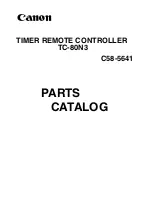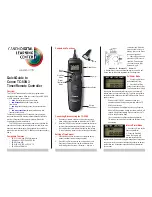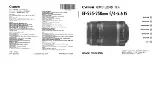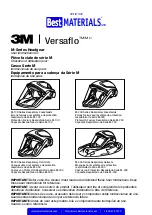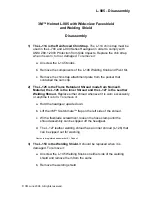
13
It is a good idea to lubricate the battery terminals with rust/oxide-inhibiting agent.
Check the voltage of the entire battery group. If this is OK, the batteries can be loaded.
Charging
Supplementary charging
During delivery and storage, the battery loses some of its capacity due to self-discharging. It is a
good idea to give the battery a supplementary charge before it is used.
If the battery is not going to be used for some time, it should ideally be given a supplementary
charge. Check the battery charger’s instruction manual for further information.
Maintenance charging
Charging parameters:
-
Charging voltage: 2.23
2.27V/cell (25
C)
-
Max. charging current 0.30 C
10
.
-
Coefficient for temperature compensation: -3 mV/
cell (with 25
as the starting value).
-
The total variation span for charging voltage is ±0.02 V/cell.
NOTE:
3.
All batteries in a battery group have a different voltage when they are first used, but after six
months they will all have the same value.
4.
Consequences of excessively high or excessively low maintenance voltage:
-
The battery’s service life is shortened if the voltage is too high for an extended period.
-
Excessively low charging voltage for an extended period: The battery cannot receive the
charge or it can result in an inconsistent voltage. The capacity of the battery group falls, and
the service life is consequently shortened.
To think about when charging
The charging current at the end of charging is above 0.05 C (A), which can result in permanent
damage to the battery. Pay attention to the charging voltage.
The charger should be fitted with automatic protection that prevents overcharging. Use a charger
with automatic overcharge protection.
The curren
t value C is the battery’s rated current.
For example: The rated current of a 12V/100 AH battery is 100 AH, 0.1 C (A) = 0.1x100 = 10 A.
For example: The charging voltage for a 12V battery is 2.25 x 6 = 13.50V. For a 6V battery it is 2.25 x 3 =
6.75V.

















